Earlier today, Politico reported EU’s comments on US section 232 cars investigation submitted to US Department of Commerce last Friday. Below is the full statement from European Commission. Also, EU requested to participate in public hearing on July 19/20.
EU comments on US section 232 Cars investigation
The European Union has on Friday 29 June submitted written comments to the US Department of Commerce in the framework of the on-going Section 232 National Security Investigation of imports of automobiles, including cars, SUVs, vans, light trucks and automotive parts.
The EU has also requested to participate in the public hearing to be held by the Department of Commerce scheduled for 19 and 20 July.
The EU takes the view, as was the case of the section 232 steel and aluminium tariffs, that this current investigation lacks legitimacy, factual basis and violates international trade rules. The EU reiterates its firm opposition to the proliferation of measures taken on supposed national security grounds for the purposes of economic protection. This development harms trade, growth and jobs in the US and abroad, weakens the bonds with friends and allies, and shifts the attention away from the shared strategic challenges that genuinely threaten the market-based Western economic model.
The EU written comments relate to various areas on which input was requested by the US Department of Commerce to conduct its current investigation. The EU submits that:
1. Imports of European automobiles in the US are stable, in line with US production and responding to market signals. Automobile imports from the EU do not threaten or impair the health of the US industry and economy. The EU and US industry specialise in largely different market segments and over the last 5 years imports from the EU have been stable and correlated to US general GDP growth.
2. There is no economic threat to the US automobile industry which is healthy, having steadily expanded domestic production in the last 10 years. Imposing restrictive measures would undermine the current positive trends of the US automobile and automotive parts sector and negatively impact US GDP by up to 13-14 billion USD.
3. EU car companies contribute significantly to US welfare and employment. They are well integrated in the US value chain and export about 60 % of automobiles to third countries including the EU, contributing to improving the US trade balance. They provide 120,000 direct upstream jobs in manufacturing plants and 420,000 jobs with dealers. Trade restrictions are likely to lead to higher input costs for US based producers, thus in effect a tax on the American people.
4. EU car companies foster innovation through research and develop the local workforce. Rather than posing a threat to national security, they are a driver for securing long-term economic stability and competitiveness. Almost a fifth of research and development expenditures in the US is derived from foreign-owned subsidiaries. The EU automotive industry also actively contributes to enhancing the skillsets of the US workforce.
5. The impact on the US economy will be aggravated significantly by the likely countermeasures of US Trading partners, as evidenced by the reaction to the US section 232 tariffs on steel and aluminium. On the basis of the current section 232 investigation into automobile and automotive parts, US trade restrictive measures could result in a very significant volume of US exports affected, estimated at USD 294 billion (or around 19 % of US total exports in 2017).
6. Trade restrictive measures would be contrary to international trade rules. There are no exceptions under the General Agreement on Tariff and Trade (GATT) that justify import restrictions by a developed country to protect a domestic industry against foreign competition, unless in the form of permitted trade remedy measures. Although the General Agreement on Tariff and Trade (GATT) provides for security exceptions, the scope of these exceptions has been circumscribed carefully for specific situations and conditions, which are absent in this case.
7. There is no national security threat from imports of automobile and automotive parts. Without prejudice, we underline that the Department of Commerce’s analysis of national security must be narrowly tailored to focus on direct threats to national security, in particular defense applications. US needs for vehicles or vehicle parts for defence or military purposes, mainly Light Tactical Vehicles, appear to be covered by US-based specialised suppliers. These operate in a niche market that is independent and unrelated to the US automobile industry. As only products from US based manufacturers are used by the US military, any trade restrictions imposed on the passenger car, light trucks and car parts market cannot be justified on national security grounds.




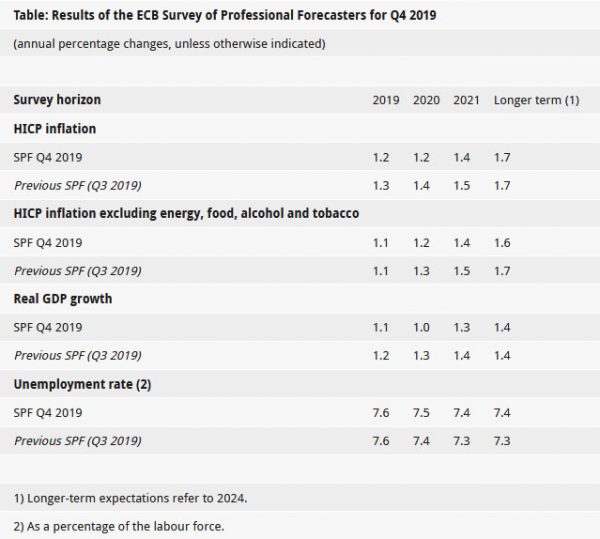
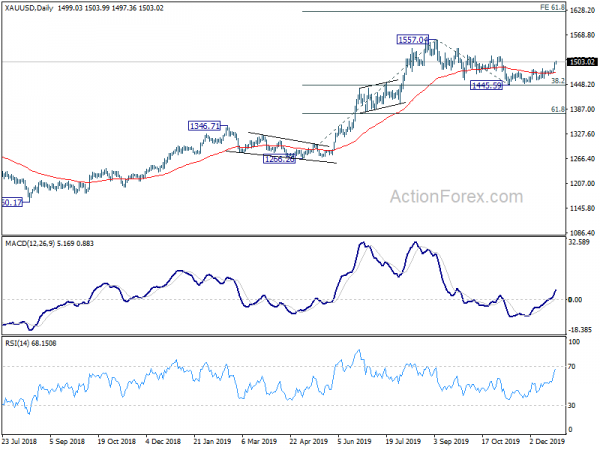
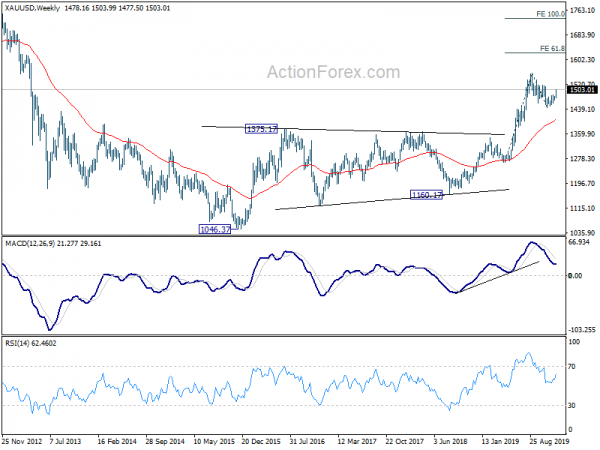
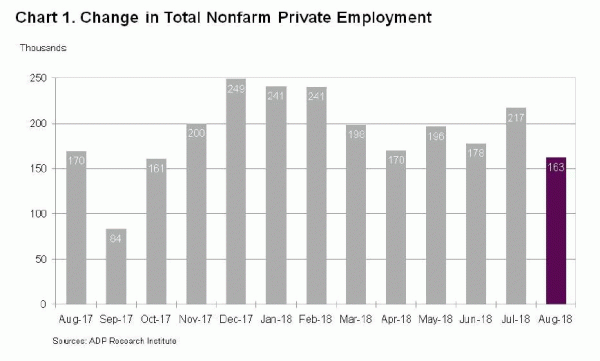
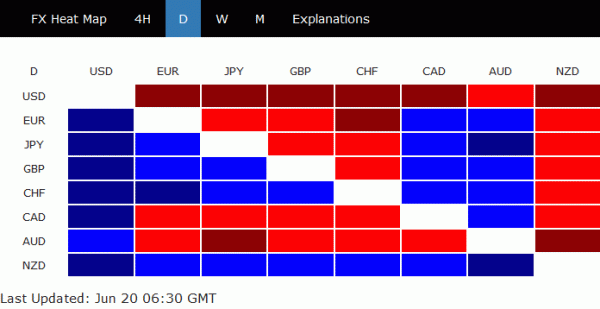
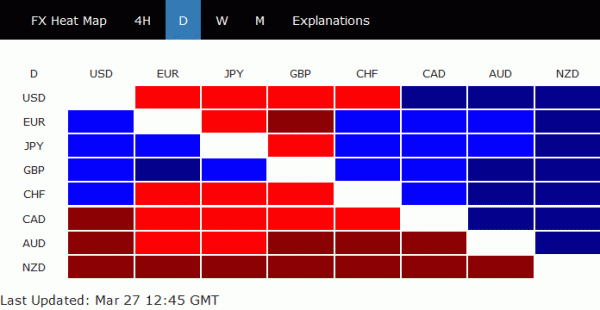
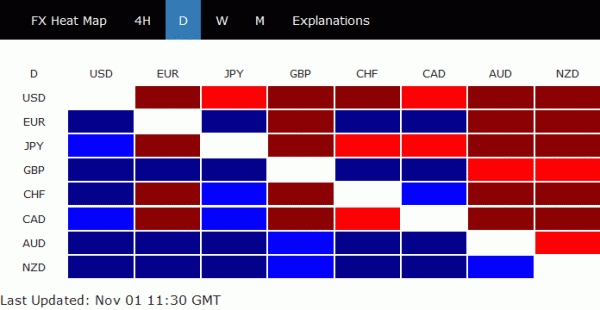
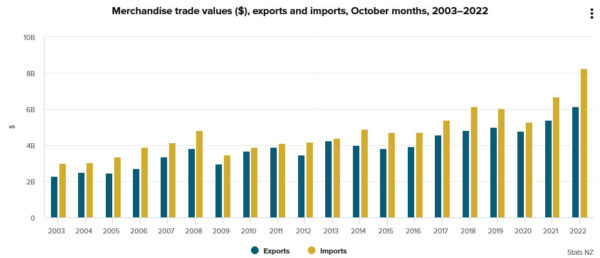
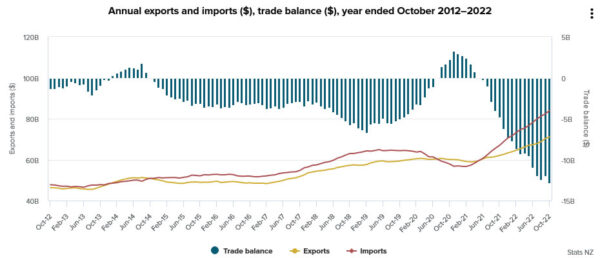
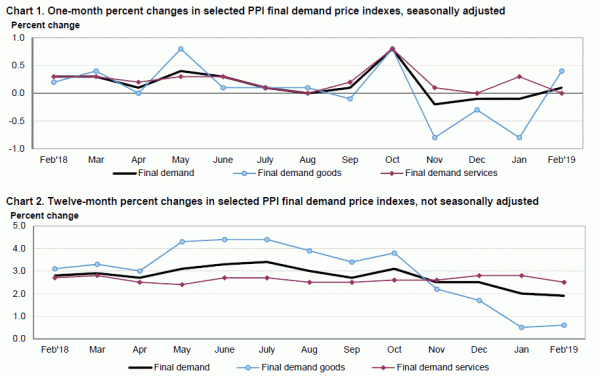
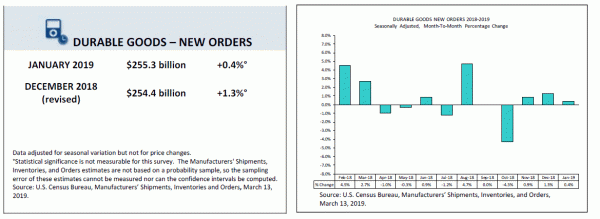
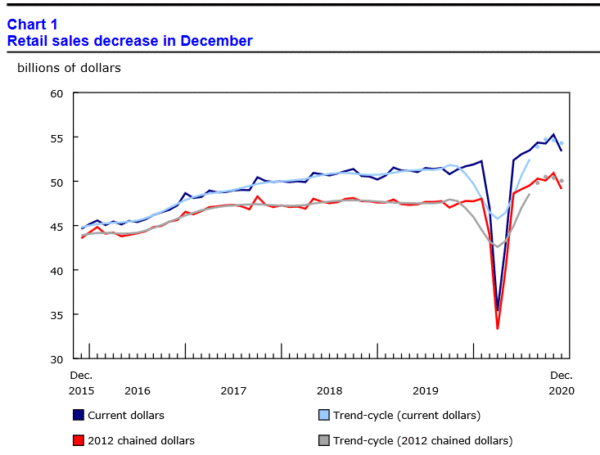

Eurozone PMI manufacturing finalized at 61.4 in Aug, another month of buoyant production
Eurozone PMI Manufacturing was finalized at 61.4 in August, down from July’s 62.8. Markit said output and new orders sub-indices fell further from survey highs in March. Inflationary pressures eased, but remained substantial.
Looking at the member states, readings remained generally strong: Netherlands (65.8), Ireland (62.8), Germany (62.6), Austria (61.8), Italy (60.9), Spain (59.5), Greece (59.3), France (57.5).
Chris Williamson, Chief Business Economist at IHS Markit said: “Eurozone manufacturers reported another month of buoyant production in August, continuing the growth spurt into its fourteenth successive month. The overriding issue was again a lack of components, however, with suppliers either unable to produce enough parts or are facing a lack of shipping capacity to meet logistics demand.
“These supply issues were the primary cause of a shortfall of manufacturing production relative to orders of a magnitude not previously recorded by the survey, surpassing the 24-year record deficit seen in July.”
Full release here.